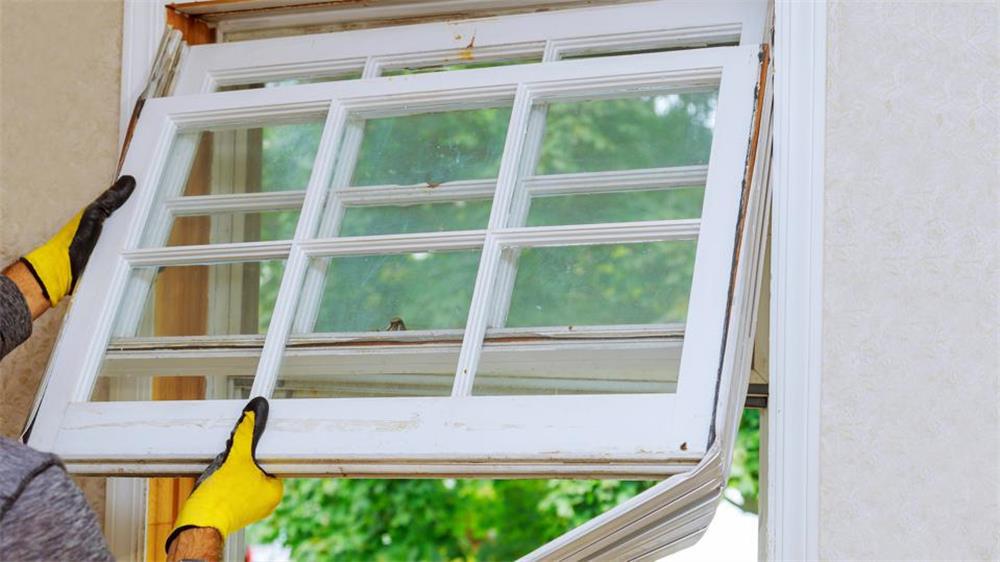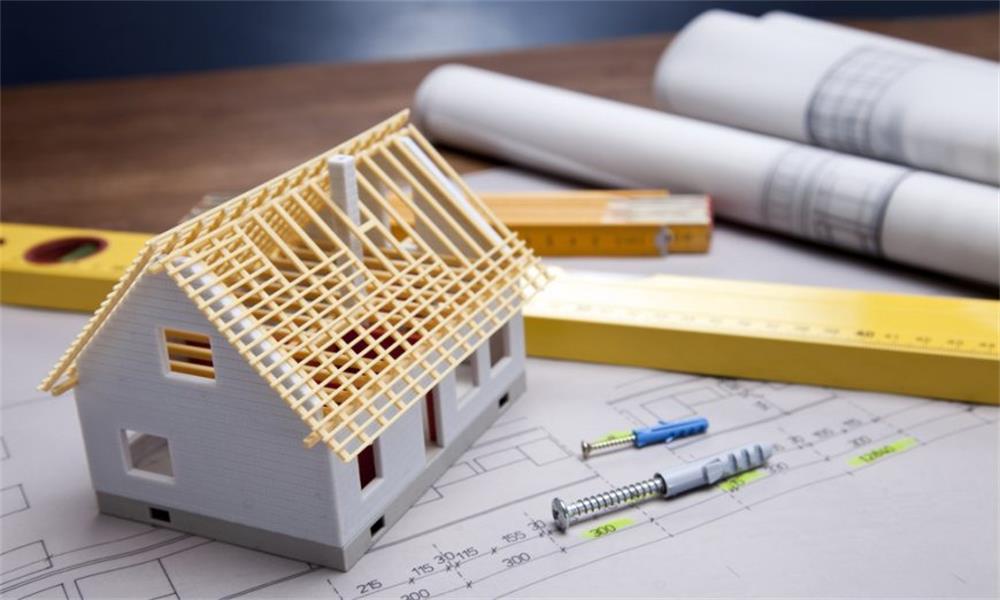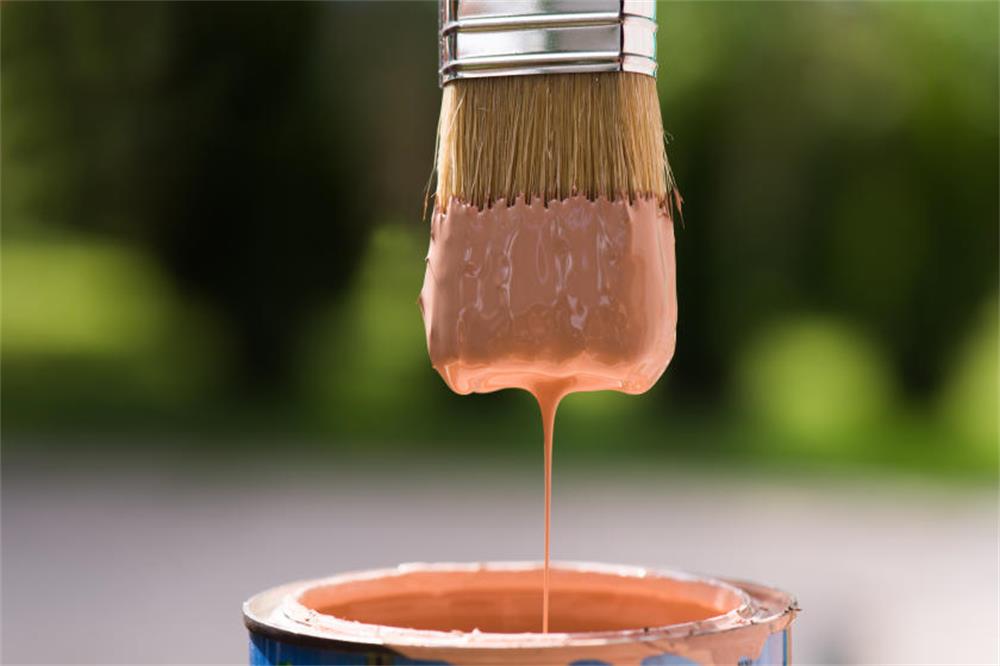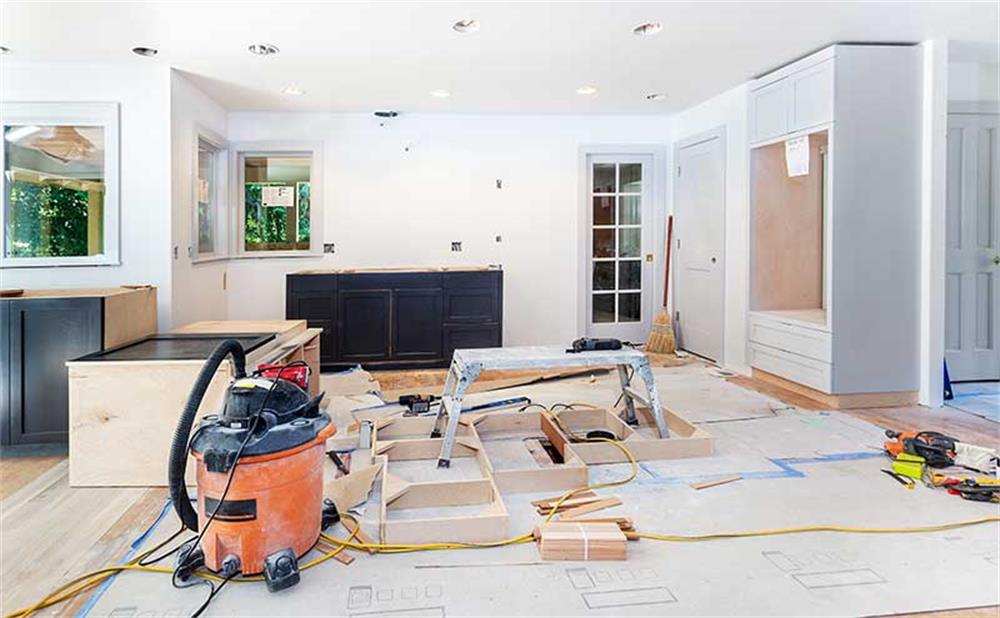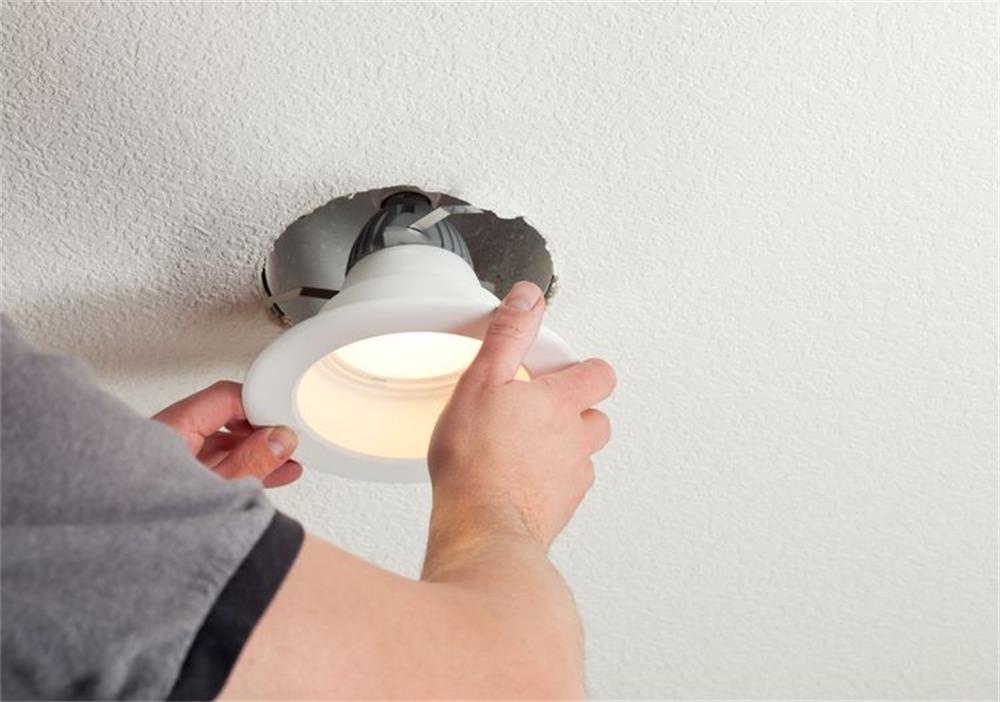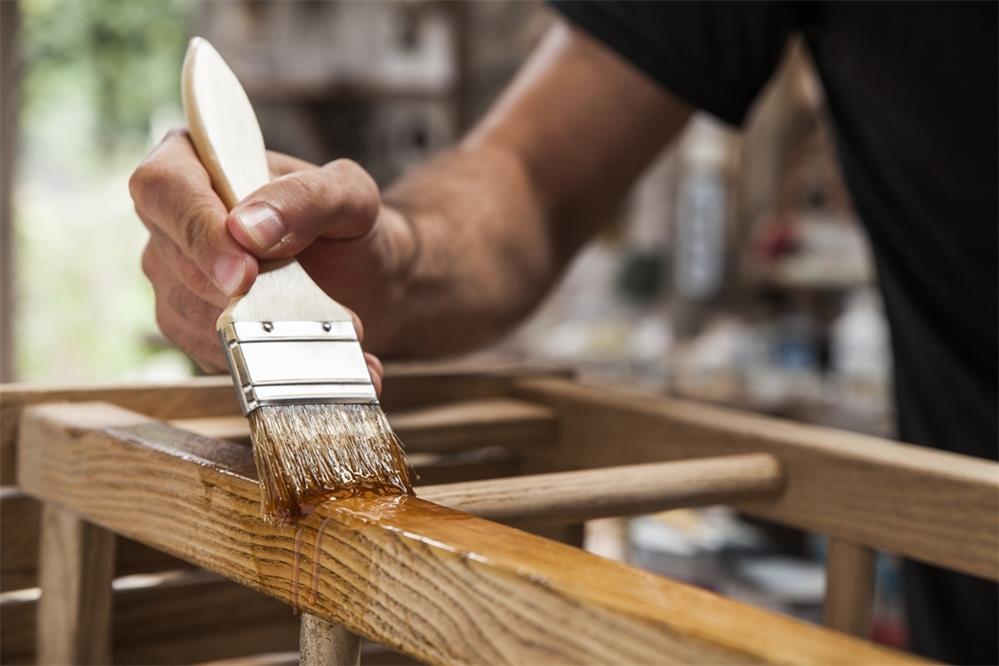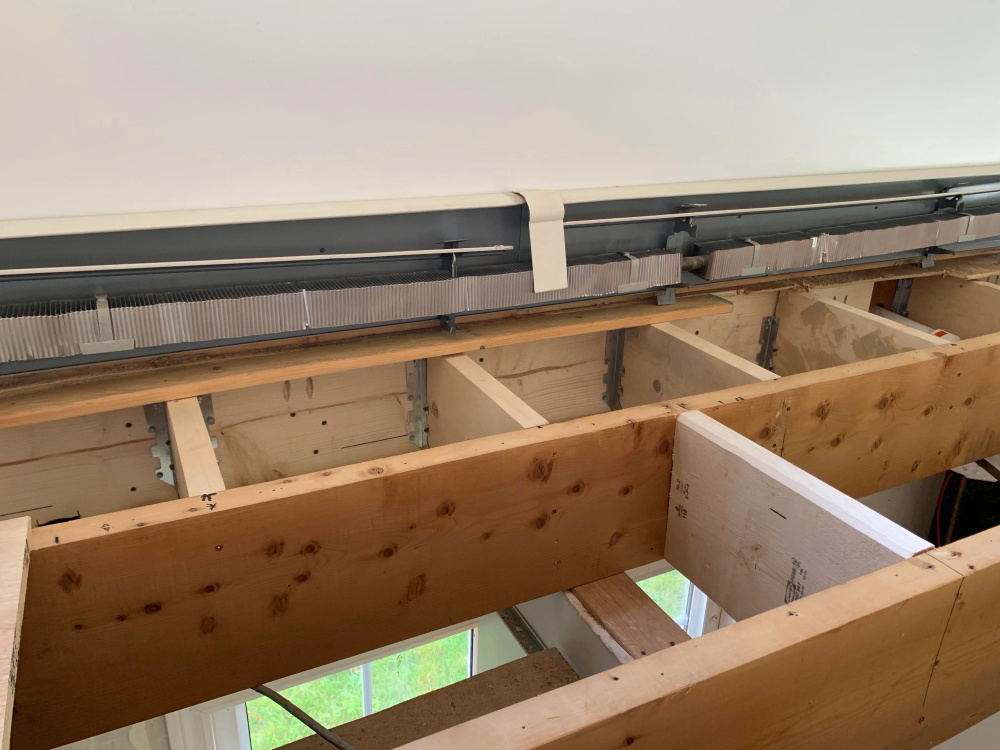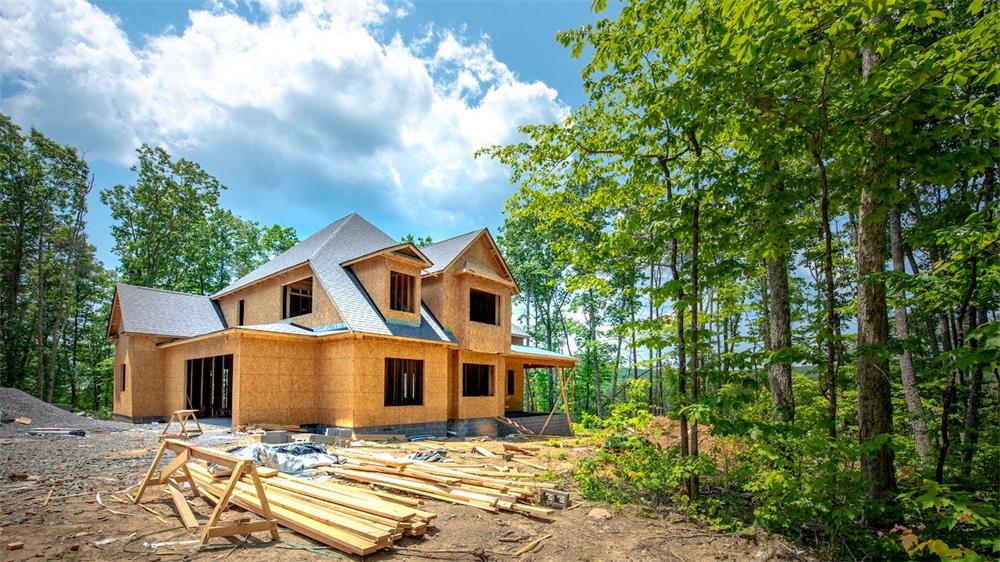Contents
If you are thinking about replacing your windows, there are some things you should know before you make a decision. Window replacement can improve the appearance, comfort, and energy efficiency of your home, but it also involves some costs, materials, and processes that you need to be aware of.
What Is a Replacement Window?
A replacement window is not exactly the same as the original window that you are removing. It is a smaller window that fits into the existing opening and replaces most of the old window components, such as the glass and the movable parts. Replacement windows are also known as pocket windows or insert windows.
You may want to consider replacing your windows if they are damaged, outdated, leaky, foggy, or infested by insects. However, if the area around the window is severely rotted or unstable, you may need to rebuild that area and use a new-construction window instead. A new-construction window has fins on the outside that allow it to be nailed to the house. A replacement window does not have fins.
How Much Does Window Replacement Cost?
The cost of replacing your windows depends on various factors, such as where you live, what type of windows you choose, what kind of glazing you want, and what type of window you have. Vinyl windows are usually cheaper than other types of windows, such as wood or fiberglass. Some homeowners save money by hiring a handyman to replace their windows, but this may not be as effective as hiring a professional window installer who has more experience and equipment. Window replacement can also increase the resale value of your home when you decide to sell it.
What Are the Types of Replacement Windows?
One common type of replacement window is the double-hung window, which has two sashes (or panes) that slide up and down. You can open the window by lifting the lower sash up. This type of window is good for ventilation and easy cleaning.
Another type of replacement window is the single-hung window, which has only one movable sash at the bottom. The upper sash is fixed and cannot be opened. This type of window is cheaper and more energy-efficient than a double-hung window, but it offers less ventilation and is harder to clean.
Other types of replacement windows include casement windows, which swing out like doors; sliding windows, which slide horizontally; awning windows, which hinge at the top and open outward; hopper windows, which hinge at the bottom and open inward; bay or bow windows, which project outward from the wall; and picture windows, which are fixed and do not open.
How Is Window Replacement Done?
Window replacement is a process that involves several steps. First, you need to measure your existing windows and order your replacement windows according to the size and style that you want. Then, you need to remove the old windows carefully without damaging the surrounding area. Next, you need to prepare the opening by cleaning it and applying flashing tape or caulk to prevent water leakage. After that, you need to install the new windows by inserting them into the opening and securing them with screws or nails. Finally, you need to finish the installation by adding insulation, trim, and sealant around the windows.
Window replacement can be a worthwhile investment for your home if you do it right. By knowing the basics of window replacement, you can make an informed decision and enjoy the benefits of new windows.
Tips for Window Replacement
Window replacement can be a complex and time-consuming project, but with some tips and guidance, you can make it easier and more successful. Here are some suggestions to help you with your window replacement.
Choose the Right Time and Contractor
Window replacement is best done when the weather is mild and dry, such as in spring or fall. Avoid replacing your windows in extreme heat or cold, as this can affect the installation process and the performance of the windows. Also, avoid replacing your windows during rainy or snowy seasons, as this can cause water damage to your home.
Choosing a reliable and experienced contractor is also crucial for window replacement. Look for a contractor who is licensed, insured, and certified by the window manufacturer. Ask for references and check online reviews to see how satisfied their previous customers are. Get at least three written estimates and compare them carefully. Make sure you understand what is included and excluded in the contract, such as labor, materials, disposal, warranty, and permits.
Prepare Your Home and Yourself
Before the window replacement begins, you need to prepare your home and yourself for the project. Here are some things you can do:
- Clear the area around the windows. Remove any furniture, curtains, blinds, wall decorations, or plants that might get in the way of the installation. Cover any items that you cannot move with drop cloths or plastic sheets to protect them from dust and debris.
- Turn off any heating or cooling systems that might interfere with the installation. You may also want to turn off any alarms or security systems that are connected to your windows.
- Inform your neighbors about the project. Let them know when the work will start and end, and apologize for any noise or inconvenience that might occur.
- Keep children and pets away from the work area. Window replacement can be dangerous and messy, so make sure your kids and furry friends are safe and out of harm’s way.
- Be available for questions and decisions. Stay in touch with your contractor throughout the project and be ready to answer any questions or make any decisions that might arise.
Inspect the Work and Enjoy Your New Windows
After the window replacement is done, you need to inspect the work and enjoy your new windows. Here are some things you can do:
- Check the windows for proper operation and fit. Make sure they open and close smoothly and securely, and that they are aligned and level. Look for any gaps, cracks, scratches, or defects in the glass or frame.
- Check the caulking and insulation around the windows. Make sure they are applied evenly and neatly, and that they seal any air or water leaks.
- Check the warranty and paperwork. Make sure you have all the documents related to your window replacement, such as receipts, contracts, warranties, permits, and certificates. Keep them in a safe place for future reference.
- Clean up and decorate your windows. Remove any stickers or labels from the glass and clean it with a soft cloth and glass cleaner. Dispose of any old windows or materials according to your contractor’s instructions. Add any curtains, blinds, or other window treatments that you like.
- Enjoy your new windows. Notice how they improve the look, comfort, and energy efficiency of your home. Give yourself a pat on the back for completing a successful window replacement project.

